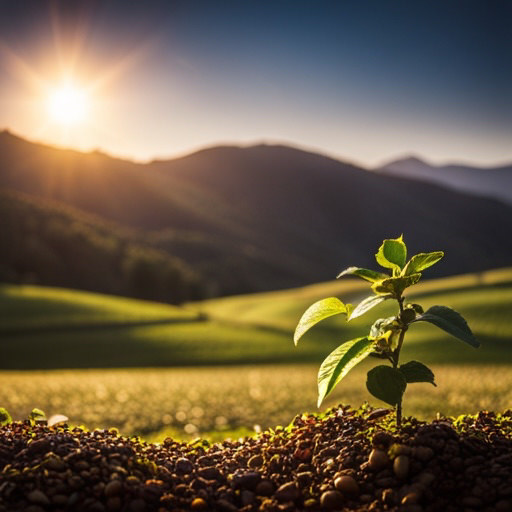When you’re browsing the coffee aisle or looking at coffee options online, you’ll often see terms like “Fair Trade,” “Single Origin,” and “Shade Grown” on the packaging. These labels are not just marketing buzzwords; they provide important information about the coffee’s quality, flavor, and how it was produced. Understanding these terms can help you make informed choices about the coffee you buy, both in terms of taste and in terms of the impact your purchase has on the environment and the communities that produced it. Let’s take a closer look at what each of these terms means.
Fair Trade: This is a certification that focuses on promoting equitable trade practices. The goal of Fair Trade is to ensure that farmers and laborers in developing countries are paid a fair price for their work and have decent working conditions. By buying Fair Trade coffee, you are supporting sustainable farming practices and contributing to the welfare of these communities.
Single Origin: Single Origin coffee is sourced from one single producer, crop, or region in one country. Single Origin can be a single farm, multiple farms from the same region, or even a single country. This term is used to indicate that the coffee beans have a specific taste or flavor profile that is unique to their specific location and conditions in which they were grown.
Shade Grown: This term refers to coffee that is grown under a canopy of trees. The method is a more traditional approach to coffee farming that promotes a more sustainable ecosystem. Shade grown coffee supports greater biodiversity, as the trees and plants provide habitat for a wide variety of birds and insects. It also typically requires fewer chemical inputs like pesticides, since the diverse ecosystem can better keep pests in check. Shade grown coffee plants also grow slower, which is thought to contribute to a richer flavor profile.
These labels can provide a lot of information about the coffee you’re drinking, but it’s also important to remember that they are voluntary certifications and claims. They can sometimes be subject to differing standards and enforcement practices. For the most accurate and detailed information, it can be helpful to do some research into the specific coffee brand or farm.
Please note that if you purchase from clicking on the link, some will result in my getting a tiny bit of that sale to help keep this site going.

